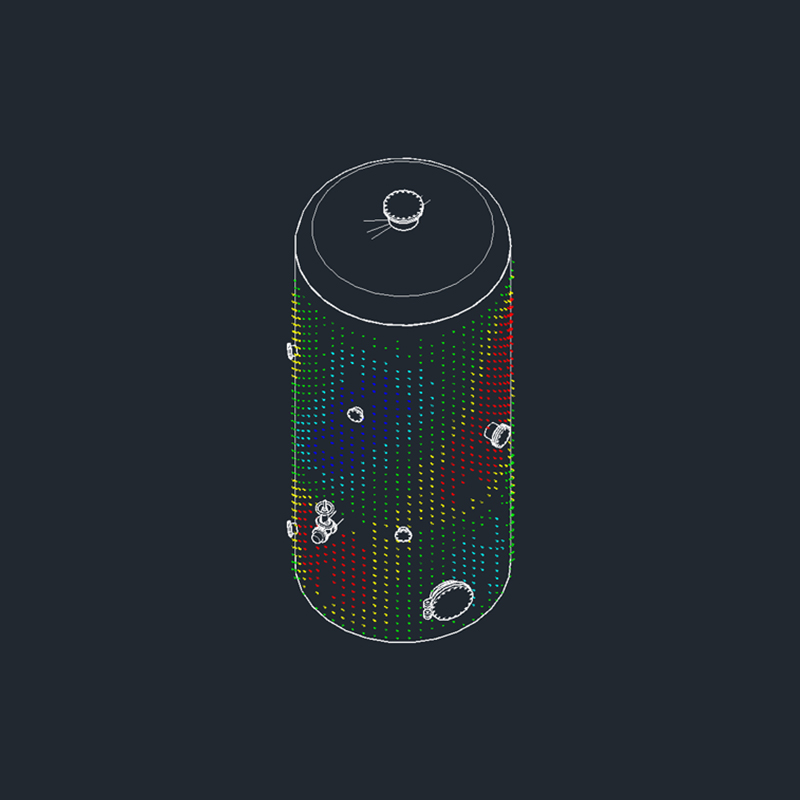Vessel Surveys and Deformation Reports
Vessel Deformation Surveys are a type of inspection that is used to measure and track the deformation of vessels, such as ships, barges, and tanks. Deformation can be caused by a variety of factors, such as loading, environmental conditions, and wear and tear. Vessel Deformation Surveys can help to identify potential problems early on so that they can be addressed before they lead to more serious consequences.
Vessel Deformation Surveys are typically conducted using a combination of laser scanners and total stations. Laser scanners are used to create a 3D model of the vessel, while total stations are used to provide precise measurements of specific points on the vessel. The data from the laser scans and total stations is then used to generate a report that shows the amount and location of any deformation.
We specialize in 3D modeling of existing Pressure Vessels and Tanks from Point Cloud. We also do As-Built Surveys after fabrication where we scan new vessels on the factory floor and run comparison algorithms on Nozzle Positions, Vessel Supports, Bolt Holes, Brackets, etc. to produce reports showing deviations from design. We can adapt our services to any specification and precision so it is best to consult with us before the project to define the exact requirements.


CGS develops custom software tools to Analyze Surfaces of Pressure Vessels and Large Tanks for Deformations. We issue reports showing exact deviations from design standards and we can base our tolerances on any specification or documentation supplied by the client. We produce a variety of different report formats including 3D Cylindrical Representations and Unwrapped 2D Cylindrical Representations for algorithms to inspect Tank Roundness, Weld Peaking and Banding, Tank Waviness (Vertical and Horizontal), etc.
The advantage of using CGS is that we can develop analysis tools to give you the exact information about a specific tank in any requested format. These reports are also useful after the construction of large immovable tanks on site to confirm that the tank was constructed correctly before the site handover.

